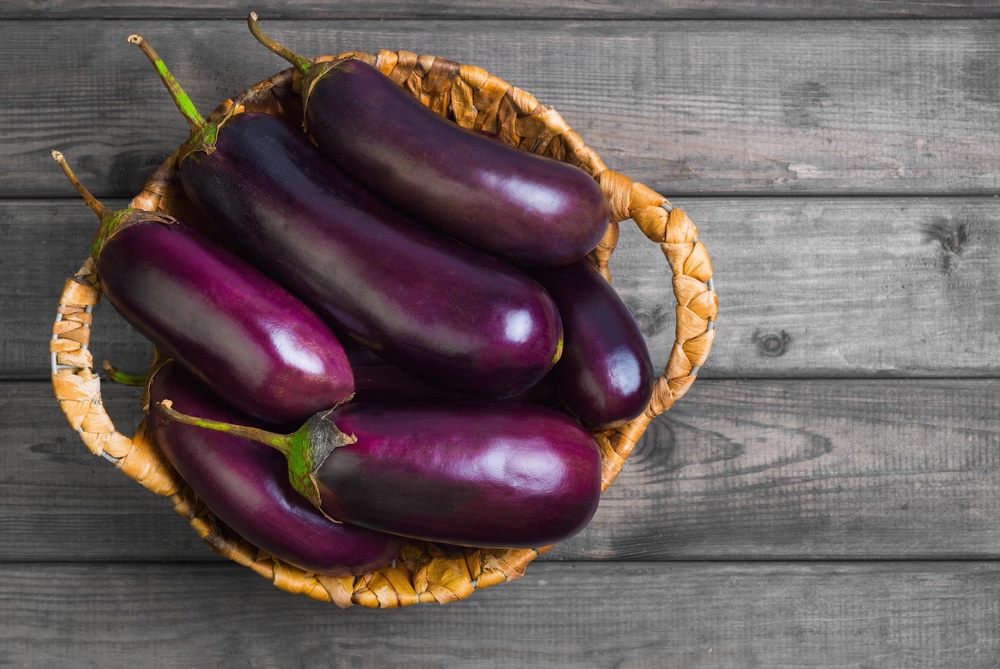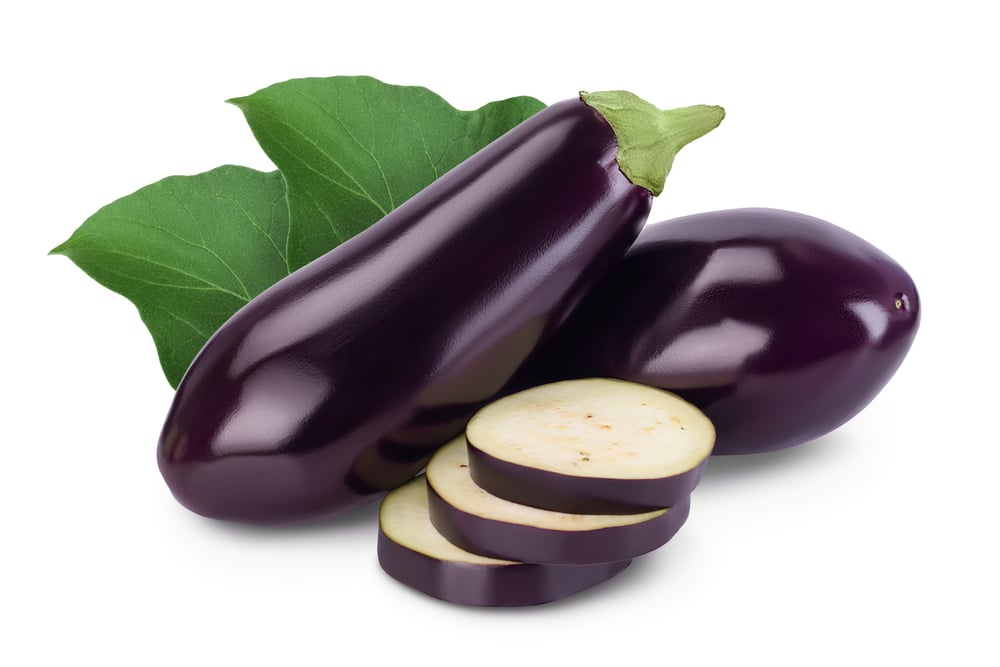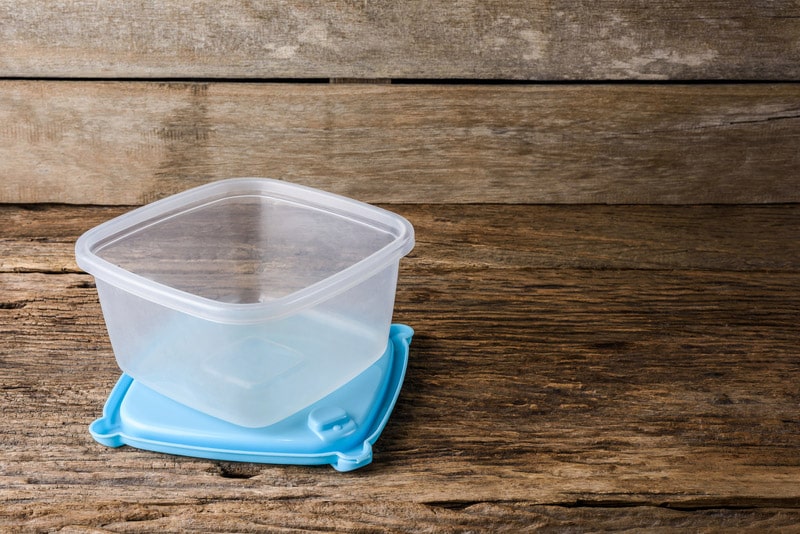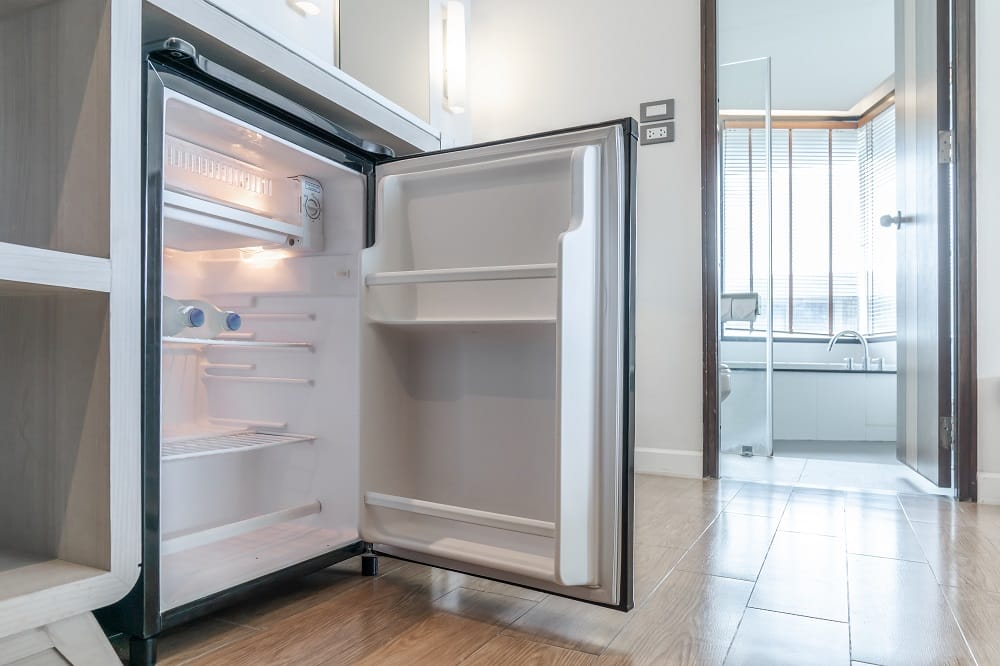
The eggplants are available in different colors, ranging from deep purple to white and orange. The deep-purpose eggplant is the most common variety and is used in various cuisines. In addition, eggplant is available in supermarkets.
However, people who consume eggplant for the first time don’t know how it looks.
The fresh eggplant has white and creamy flesh and there are small specks of green color and seeds, which shows that the eggplant is ripe and ready to be consumed.
On the other hand, if there is too much green inside the eggplant, we are sharing what it means and what you need to do!
Why Are Eggplant Green Inside?
Green Spots In The Eggplant – What Do They Mean?
The green spots in the eggplant’s flesh don’t mean that they are rotten and actually show that the eggplant is fully ripe and you can eat it.
However, the flesh shouldn’t be entirely green but the small hints of green are normal. The eggplant with green spots in the flesh is actually sweet and mild in flavor.
Spotting Bad Eggplants – The Common Signs
It’s clear that green spots in the eggplants don’t indicate bad or rotten eggplants. However, if you have eggplants and want to know if they are fresh or not, we are sharing common signs of rotten or bad eggplants.
- Appearance
First of all, you’ve to focus on the appearance of eggplants.
In particular, there should be no brown mold or black dots on the eggplant as it indicates that the eggplant is rotten and is not safe to be consumed. In addition to the discoloration, you have to discard the eggplants with cracks.
On the other hand, if you are concerned about the browning in the flesh, it’s not a problem.
That’s because when the eggplants are cut, it undergoes enzymatic activity, which leads to browning. For this reason, it’s safe to eat. However, if the eggplant is already brown when you cut it, just discard it!
- Texture
The second sign of bad eggplants is to check the texture. The fresh eggplants should be firm while soft and pulpy eggplants should not be consumed.
That’s because eggplants are known to have a firm texture and delicate or mushy texture indicates bad ones.
Secondly, you can also cut the eggplant and use a spoon to check the texture of the eggplant – you need to mildly push the spoon on the flesh.
If the flesh seems spongy and mushy, it should be discarded. Lastly, the eggplant shouldn’t feel soft to the touch, shriveled, or slimy.
- Smell
Another sign is to look for an evident smell coming from the eggplant flesh. So, if you aren’t unsure about the eggplants, we recommend that you chop them and inspect the flesh.
If there are weird spots or smells in the flesh, it’s best that you don’t consume such eggplants.
Eggplants don’t have a smell, which means any type of smell indicates that the eggplants are spoiled or are too old. Whichever the case is, you have to throw away the eggplants.
- Exterior
If you have the deep-purple eggplants, you can also check its exterior to determine if it’s fresh or spoiled. The cap and stem must be green and make sure it’s not wilted (it should appear fresh).
Also, if the eggplant has started losing its color, it means that the vegetable is spoiled.
Secondly, if there is some moldy development on the eggplant, particularly on the cap and stem, you should discard it. One of the best techniques is to press the eggplant’s skin – the fresh eggplant will bounce back.
However, pressing the spoiled eggplants will leave fingerprints and cracks will appear.
On the other hand, if the stem is rotting, you have to cut off the bigger part of the stalk to remove the spoiled or rotten part and the rest of it can be used.
Storing The Eggplants
The eggplants can be kept fresh for a specific timeframe, depending on the storage method you use. So, let’s check out some points;
- Room Temperature
The room temperature ranges from 20 degrees Celsius to 22 degrees Celsius. When put on the counter at room temperature, the eggplant will remain edible for four to five days.
However, the cut eggplants should be cooked within thirty minutes of cutting, or else the vegetable starts to rot.
It’s recommended that you store eggplants in a cool and dry pantry as it helps retain the flavor but you can use paper containers or crystal containers.
In addition, keep the eggplants away from fruits like lemons, apples, peaches, bananas, and pears because they release ethylene gas, which rots the veggie.
Also, you can store the eggplants in the basement and garages because they have a lower temperature and creates ideal storage for the vegetable.
- Refrigerator
The shelf life of eggplant can be prolonged by using a refrigerator. In the refrigerator, the eggplants will remain fresh for over two to three weeks as long as the eggplants are uncut and whole.
On the other hand, if the eggplants are cut, you can store them in the refrigerator for three to four days.
It’s recommended that you put the eggplants in the crisper drawer and don’t forget to wrap them in paper towels to protect them from moisture.
In addition, the wrapped eggplants should be put in an unsealed plastic bag as it prevents exposure to ethylene gas.
On the contrary, if the eggplants are already cooked, we recommend that you use an airtight container and put it on the shelf. The cooked eggplants can be stored for five days.
- Freezer
Freezing is considered the most ideal choice for lengthening the storage lifespan.
The longevity can be increased to over a year in the freezer. The best thing about eggplant is that it can be frozen for a year, irrespective of whether you’ve cut the eggplant or is in the whole form. The freezing methods include;
- Wash the eggplants using cold water and peel the skin
- Cut the thin and round discs of the eggplant (the thickness shouldn’t be more than 1/3rd of an inch)
- Boil water in a pot and add some lemon juice to make sure the eggplant can retain the color
- Once the water starts boiling, put the cut-out eggplants in the water and boil them for four minutes
- Then, drain out the water and put the eggplant in an ice bath for four to five minutes
- Lastly, just use paper towels to absorb the excess moisture and use a sealed bag to store the eggplants in the freezer
So, are you ready to cook and store the eggplants?





